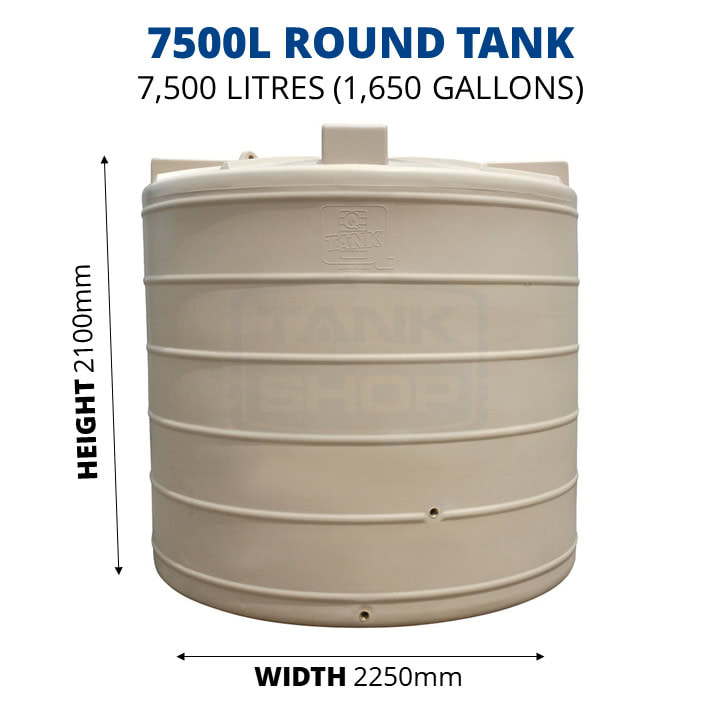When the plumbing starts to leak, you need to take care of it right away. Whether you call a water damage restoration company or fix it yourself, the problem must get solved.
The amount of water than can spill from a small plumbing leak adds up quickly. Depending on the pipe and location of the leak in your home, you’re looking at potentially a lot of water dripping or pouring out into your home.
We checked our numbers against tankshop.com.au, A leak o a major plumbing line that is not dealt with can leak up to 1,400 gallons of water in 24 hours into your home. That is enough to almost fill up one of these giant round tanks for water storage. That is a lot of water! Plus, water costs money, and if you are on a city or municipal water system, your monthly bill will increase exponentially.

Clean Up The Water & Dry Damaged Items
This business cannot wait either. From floors, walls, and cupboards to personal belongings, they should be cleaned and dried as quickly as possible. Otherwise, moisture spreads, mold hardens, and the task becomes more difficult.
What are the main causes of plumbing leaks in the home?
It’s easy to take plumbing for granted. The copper pipes, PEX drain lines, and PVC pipes keep your home’s water supply under control and running smoothly.
When something goes wrong with the system, it is usually one of the common causes of water leaks in home plumbing.
Best Plumbing Service: water damage restoration
- Deterioration of pipe joints, especially in hot water lines
- Corrosion and damage buildup in old water pipes
- Bad seals around machine line connections
- Pipes overflowing or bursting due to clogs and backups
- Excessive or fluctuating water pressure over a wide range
- External tube problems caused by invasive tree roots
- How to clean up after a plumbing leak? 5 steps to follow now
All plumbing leak cleaning tasks start with the basics. Locate the problem and then fix the water leak. If the weather is cooperative, open the windows in affected areas. Follow these five steps to clean up after a plumbing leak.
1. Document and transfer
If you plan to file a homeowner’s insurance claim, take photos before you start cleaning. Keep documents as proof of damages to the taxpayer. Next, give yourself space to work by moving things out of the way. Many items dry more quickly outside, but keep an eye on the weather.
2. Water extraction
The water extraction techniques depend on the size of the plumbing leak. If you are dealing with damp floors, a mop or clean towels should suffice. However, a wet and dry vacuum cleaner works best on both wet floors and areas with standing water.
You may want to rent the machine, so consider renting a large dehumidifier as well. Small household dehumidifiers can’t handle the capacity they need to dry floors, walls, and closets.
3. Clean and sterile
Water leaking from the drain line or hose of the appliance is considered contaminated. Even clean water from the supply line leaves behind moisture that breeds mold and mildew. It is important to clean and also disinfect all surfaces.
Start by washing everything with a low-suds detergent. Next, disinfect the non-porous surfaces with a solution of bleach and water. Finish the remaining areas with products intended to disinfect porous surfaces.
4. Set up drying equipment
If the weather is not too humid, open the windows and set up large fans to create cross streams of fresh air. Also place the dehumidifier in the center of the room. Check the walls daily with a hygrometer, but be patient. Plan to leave the equipment running 24/7 for two or three days.
Best Plumbing Service: water damage restoration
5. Inspect, repair and replace
Once everything is dry, inspect it carefully for signs of structural damage. Drywall may need to be torn off and replaced. Check floors, carpets, and padding for mold. If you have doubts about repairs, do not try to salvage anything. Alternatively, replace damaged items with water, or contact certified restoration professionals.
Additional water leak cleaning tips
- STAYS SAFE – Don’t risk electrical hazards. If the leak affects outlets or appliances, turn off your home’s electricity from the breaker box.
- Protect Yourself – Most plumbing leaks spread contaminated gray water, so get dressed before you start cleaning. Wear shoes, rubber gloves, a dust mask, and eye protection.
Best Plumbing Service: water damage restoration
- CONSIDER WEIGHT – Ask for help lifting heavy objects. If you need to haul wet rugs or move furniture, the extra hand makes the work easier and saves time.
- DRYER KIT – These silica gel products absorb moisture from surrounding materials. Place dryer bags and basins next to damp walls and baseboards.
- Don’t Miss Drains – Water always travels downstream from the original leak, so don’t let a clogged drain invalidate the cleaning process. Ensure that all drains in the area flow freely.
ID Mold and Mildew both molds are common problems after plumbing leaks. Apply the best cleaning methods by knowing the difference between mold and mildew.
Watch the weather – follow your local forecast. Sunny days with the low humidity are ideal for opening windows in affected areas. Otherwise, keep things closed.

